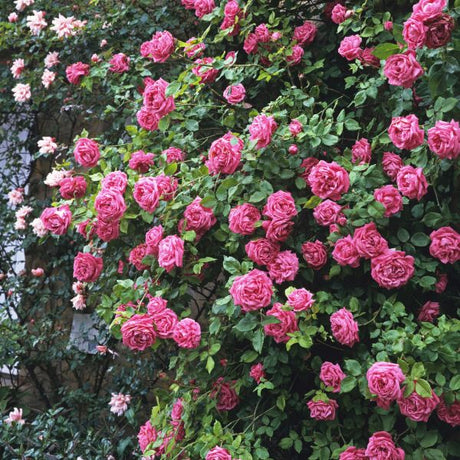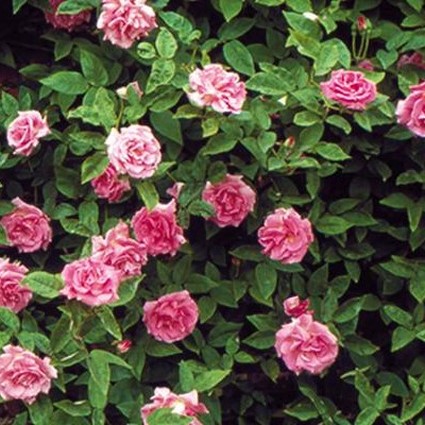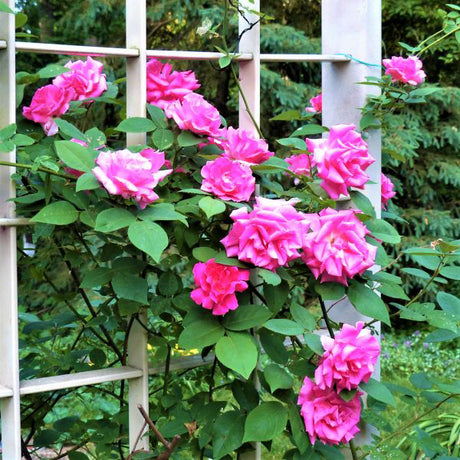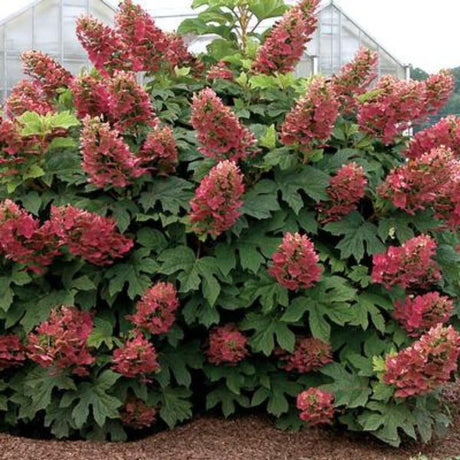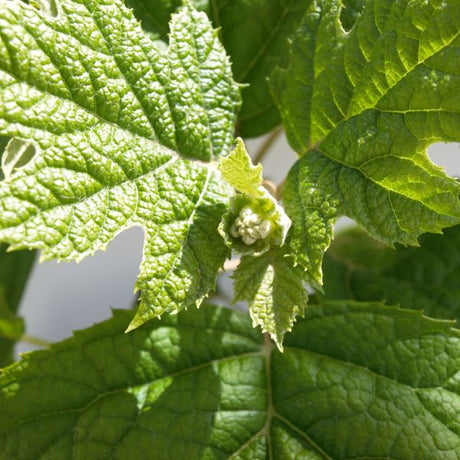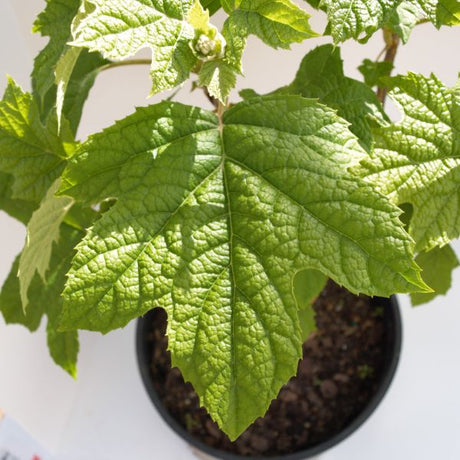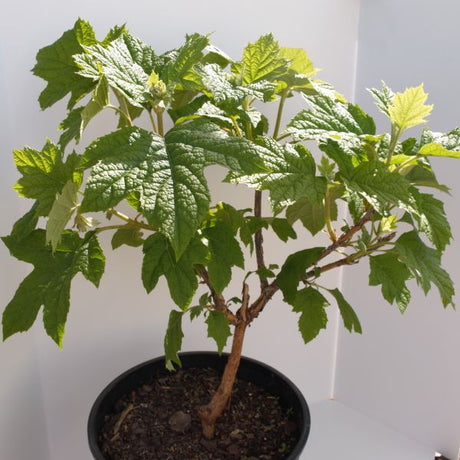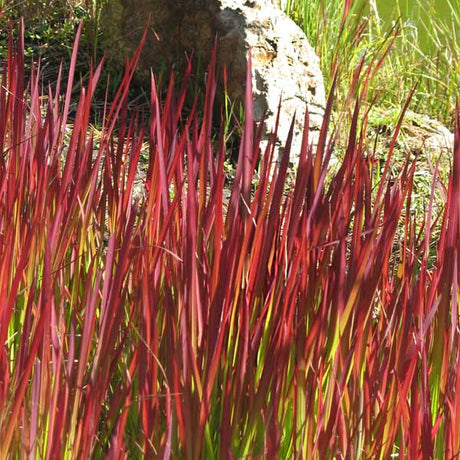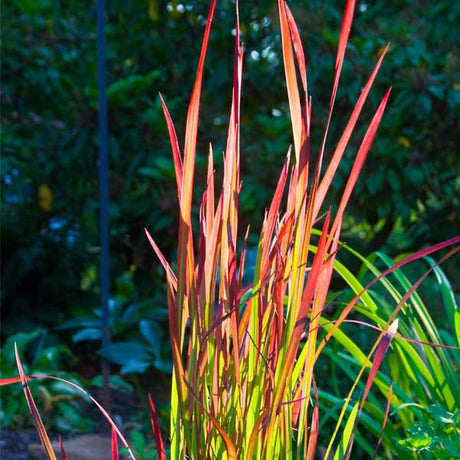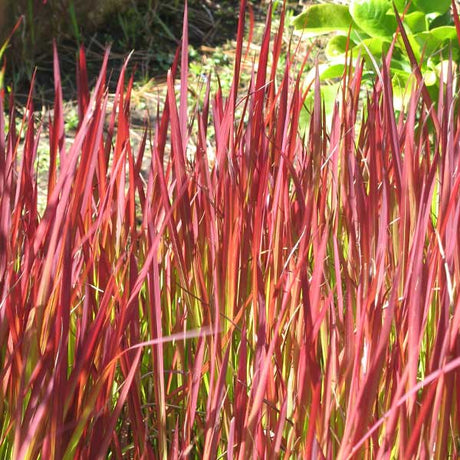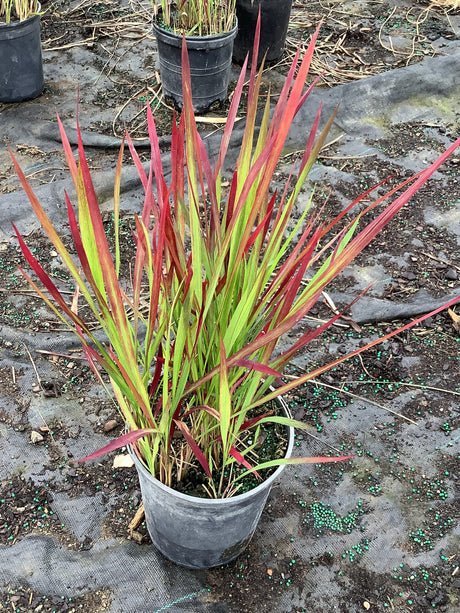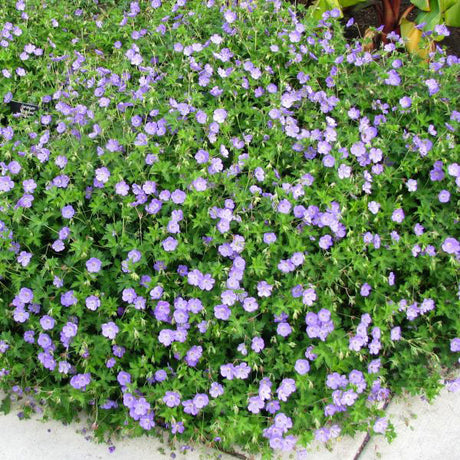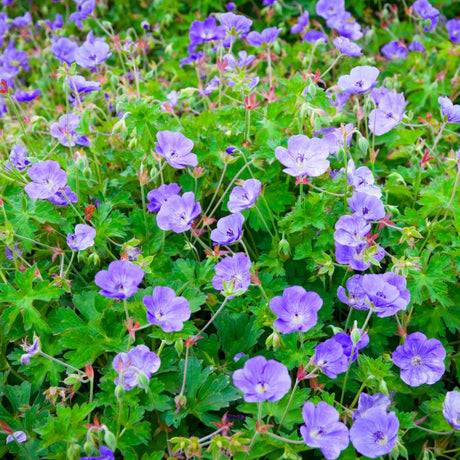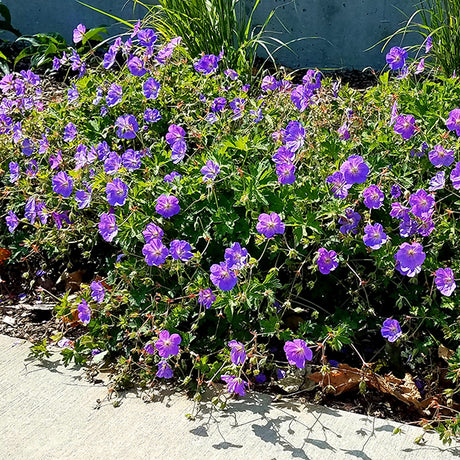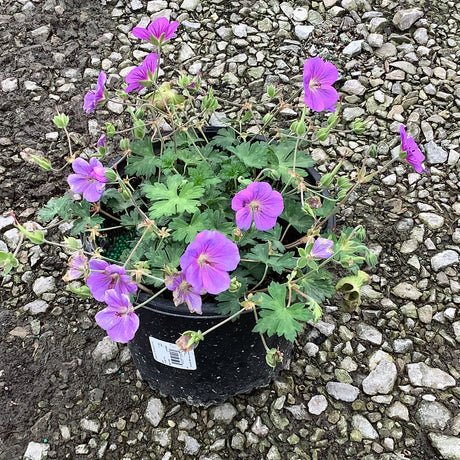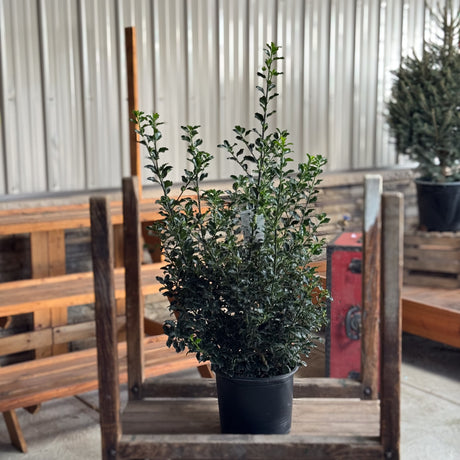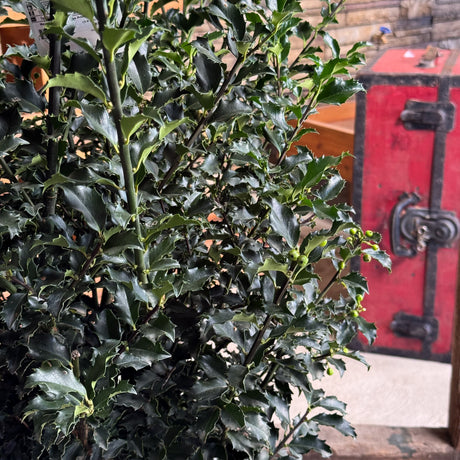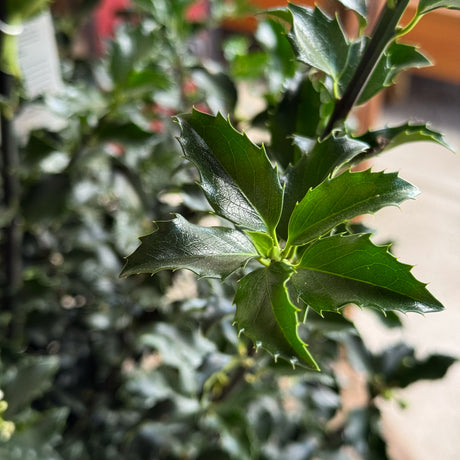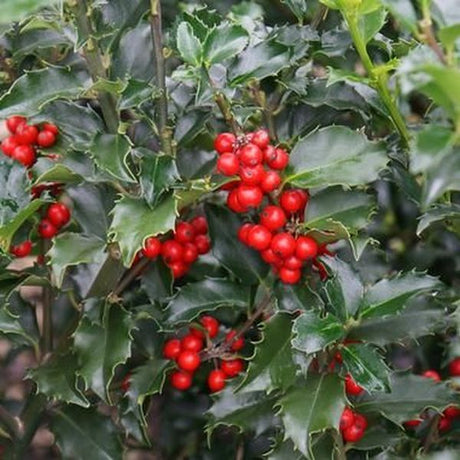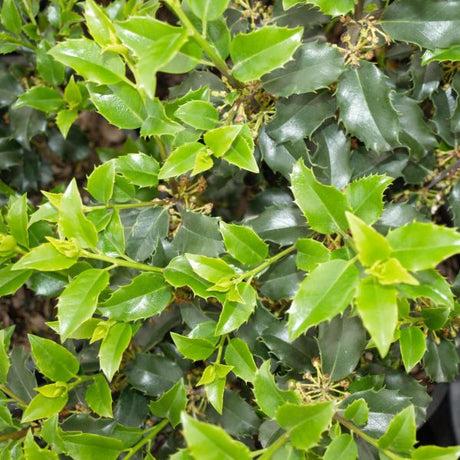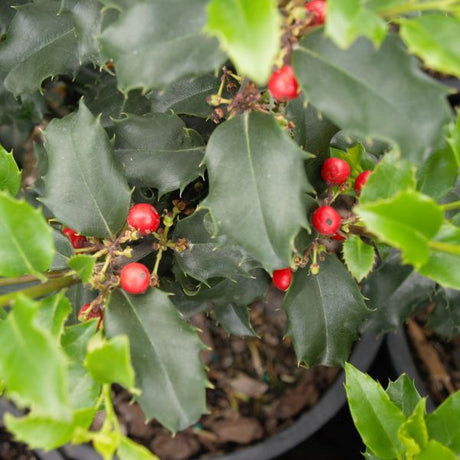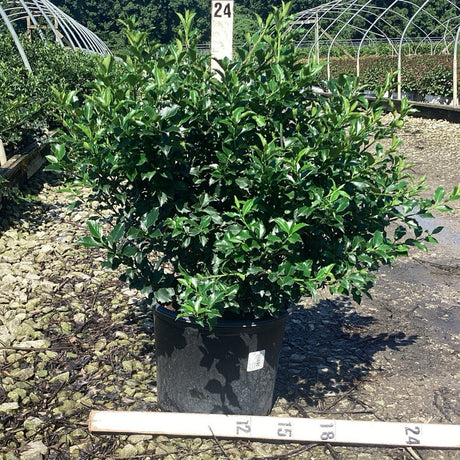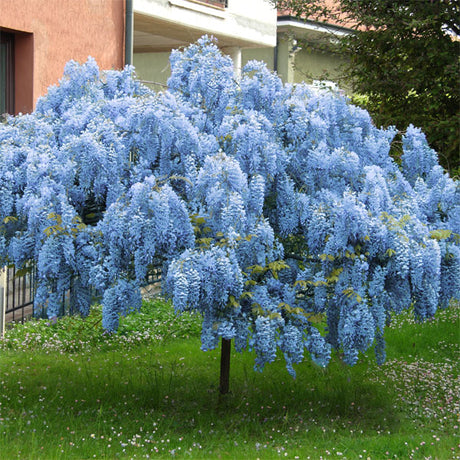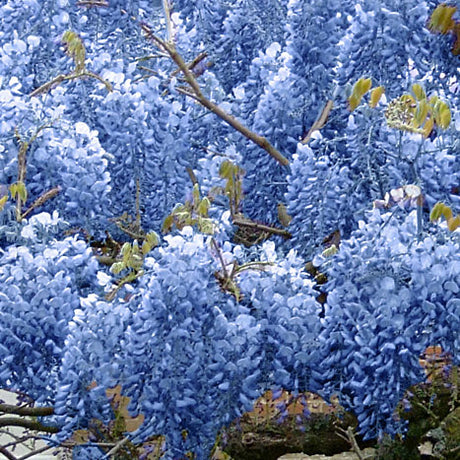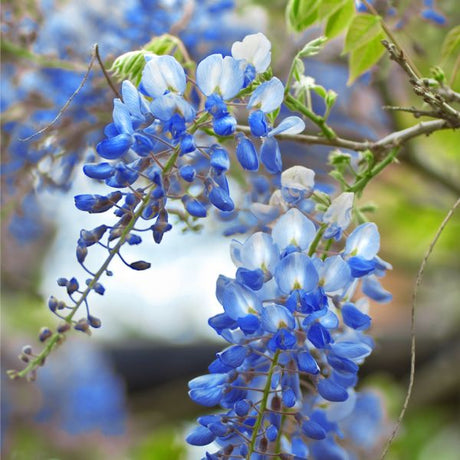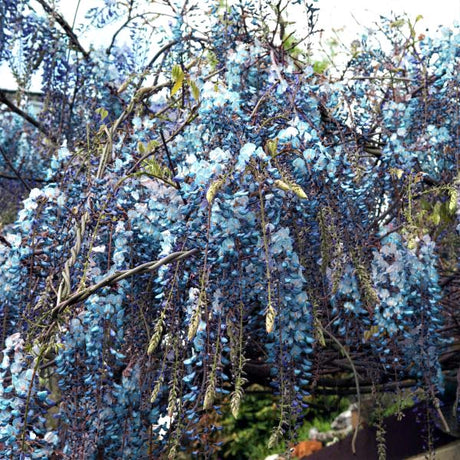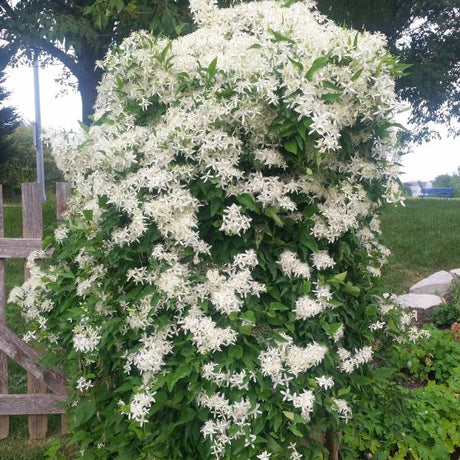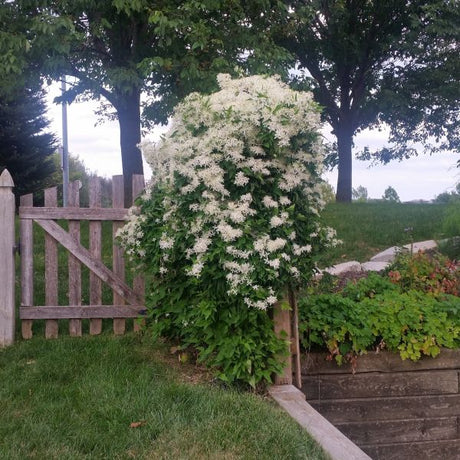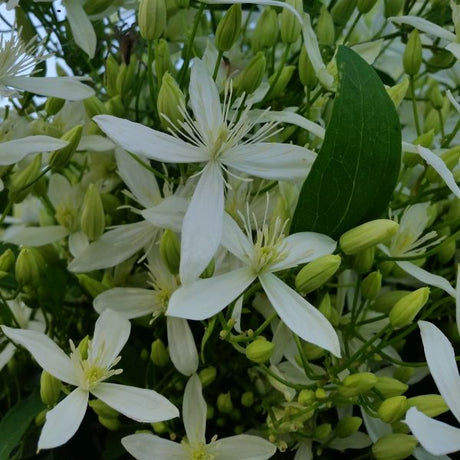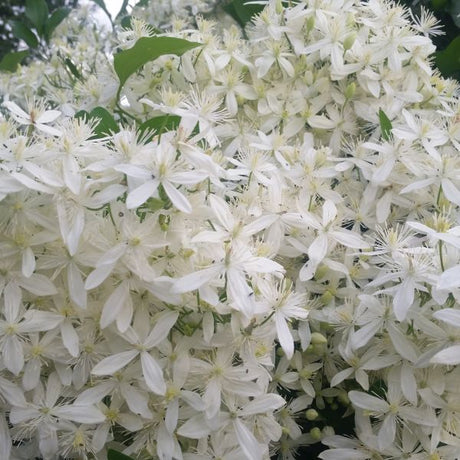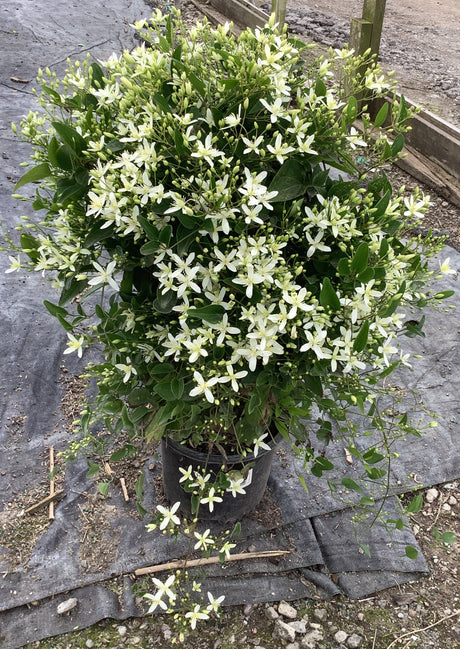Ceramic, plastic, wood, terracotta, and more. You have many choices for your plants on your porch or patio. But there are so many different options out there for whimsical, unique, and even upcycled garden containers that won’t cost lots of money!
Often, we gardeners have some cracked and scratched, excess, or even too many pots! Admit it, we can be hoarders sometimes, too! Let your imagination and creativity free with something different than anyone else on the block, while using up some of these leftover and excess pieces lying around!
Multi-tier Planter!

Need to add height among shrubs and perennial borders? Maybe something different on your porch this year? If you have varying sizes of large, medium, and small pots, then you can create a multi-tiered planter!
They don’t have to match (a little outdoor spray paint goes a long way), or the pots can clash, because soon they’ll have plants covering them anyway! Don’t buy anything new, hit the thrift store, or see if a neighbor will be glad to be relieved of some of their pottery!
Glue rocks and pebbles, make a mosaic out of broken pieces with mortar and grout, or paint them. Just be sure to paint or spray on some waterproofing sealant to keep it looking great after!
- Choose a large, medium, and small pot and make sure they have adequate drainage holes.
- Set the largest base pot on a dribble/catch tray to collect water that will run out after watering.
- Take broken or unwanted pots, recycled plastic containers, or inexpensive pots, and turn them upside down into the first pot. This reduces how much water/soil, and weight you will need.
- Either center this inside the pot or set it to the back of the largest planter for more room in the front for larger plants.
- Fill with soil and water well, packing down gently.
- Set the medium-sized pot upright onto the upside-down container and repeat - add a smaller upside-down pot inside it, fill, tamp down, and water.
- Repeat with other pots to create your tier.
- Lastly, add your smallest pot to the top and fill it with soil. You can glue or wire these pots together if you have pets or children, or wind that tends to knock things over easily.
- Fill with a mixture of small plants, making sure to select spillers, fillers, focal points, and thrillers to continue with your multi-level look!
- Decorate with lights, colorful decorations, flags, paint your house number or family name, or a stylized initial onto the largest pot.
Try a Tipsy Planter!

If you have several pots all the same size and a pole, then you can make a tipsy planter!
This requires a firmly anchored pole 4-6 feet in height (or more!) so it will not move. If you wish, you can use a larger planter or container for the base.
- Select pots that already have good-sized drainage holes (or create some).
- Slide the largest/first pot onto the pole by way of the drainage hole, and set it onto the ground nice and level, then fill with good potting soil.
- Slide the second pot down the pole the same way, but this time angling it - pushing it into the first pot's soil so you have a tilt. Not enough to spill soil and water, but enough to angle the pot nicely.
- Repeat with your remaining pots, alternating your tilt on each side.
- Fill with plants! Be sure to choose a variety of upright, spilling, and bushy plants to add variety.
- Top it off - Top with a birdbath or fancy pot!

Planter Water Garden
If you have a large planter that’s water-tight, or one you can add a pool liner to, then you can create a water garden! A fish tank pump or fancy (yet inexpensive) fountain is a bonus! There are even solar-powered ones available these days! Try this in your broken patio brick garden!

- Add your pool liner or other waterproofing material to your large planter.
- Add a layer of gravel or rocks to the bottom.
- Set your fountain or fish tank pump for aeration purposes. If you don’t have this, you will want to change your water and add tablets to help kill excess bacteria formation and kill mosquito larvae.
- Add soil for water gardens or aquariums/aquatic plants (generally clay-based or heavy loam works), and decorative rocks
- Plant with Waterlily and Sedges, Papyrus, or other water-loving plants.
- Install lights and decorations!
Reuse Broken Pots
Spilled flower pots
Have a large pot or urn that broke? Maybe just one you don’t use anymore. Tip it on its side or set the broken ends partially into the ground and fill with soil. Then plant creeping, mat-forming plants in it so it looks like they’re ‘spilling’ or ‘bursting’ out of the mouth of your pot!

Broken Pot Planter/Fairy Garden
If you have a large or medium terracotta pot with a crack or hole in one side, it's now a cute Fairy House!
- Use the broken parts and/or parts of other broken pots to create tiers, stairs, and varying levels within the pot and plant small succulents, small plants, and newly rooted seedlings into the cracks and gaps.
- Add moss, pebbles, tiny action figures… It's up to you!
- Top with a little house made from foraged bark, stones, or a log, and add a door.
Reduce, Reuse & Recycle!
Use odd things around your home that normally would end up in the trash and put them to work in the garden as funky décor!

- Spray paint a row of old tires and alternately stack them onto each other, filling each row with some drainage holes, then potting soil. Fill with Annuals and small perennials (Not recommended for vegetables).
- Paint a single tire and fill the bottom with soil, and hang it on your fence post or hang it with a rope for an instant planter! (drill a couple of drainage holes if you can!)
- Stack painted cinder blocks in alternating ways and tuck small pots into the holes, or plant directly into those holes!
- Pallets become vertical planters when you line them with landscape fabric and fill them with soil! Cut holes for the plant roots to tuck into and water from the top! Fill with Herbs!
- Got lots of old coffee or tin cans, paint cans, or large bottles? Clean them, paint them, drill holes for drainage, and hang them up as small hanging planters, or attach them directly to a wall for a vertical garden!
- Got some old shoes or boots? Fill them with soil and plant in them! You can paint or dip them in cement, and they look like you spent a lot of money on your new planter.

- Old pitchers, watering cans, teapots, or crocks? You got it - plant it up!
- Are the kids not playing with that dump truck or other toy cars? It’s now a children’s garden planter!
- Drawers from an old bureau? Waterproof them, add legs, and pot them up! They are now raised garden beds!
- Broken seat in a chair? Waterproof paint it, reinforce the hole, and drop a potted plant in the hole where the seat used to be!
- Old baskets? Yep - you have a planter! Add coconut husk liners and plants! Go vertical and hang them up!
Plants in Your Pants!

- Lots of old jeans or pants lying around? Zip Tie or sew up the leg holes, fill them with soil, and hang them from a sturdy fence. Pot up your old bottoms and fill your pockets with plants!
- You can even line kids' pants up on an old bench or wall so your plant people are sitting. Fill the legs with old towels or plastic shopping bags and set a pot inside the waist.
- Add an old belt to hold the pants up and boots or old shoes.
Recycled Towel Planters
Do you have some old towels or sheets?
- Cut to size (big circle or square) and saturate them in a mixture of cement that’s like very thick paint or pancake batter.
- Then, drape it over a plastic-covered bucket or other object and drape it decoratively. (Don’t forget the drop cloth for easy clean-up!)
- Cut a hole in the middle for drainage and let it dry (takes a day or two).
- Then, paint on more cement of the same consistency to thicken and reinforce the walls inside and on the outside of your new pots. (Might take a couple of coats.)
- Paint it colorful and/or paint with water sealant spray, then go ahead and plant in your new recycled planters!
Add some imagination and whimsy!

Go ahead and include solar lights, pinwheels, and garden décor everywhere! Put oversized novelty sunglasses on your potted plants or hide old children’s toy balls painted like eyes in your hedges. Go beyond the lawn gnome and have some fun with your garden!
Paint kids' toys or old clothing with cement to make them look like statues. Add a scarecrow with a sun hat and your old clothes in the veggie garden! Add a few homemade leaf stepping stones.
A garden that reflects you is around the corner if you just use a bit of imagination! Plus, you’re helping the environment by recycling unwanted items! Let NatureHills.com help you add some fun and beauty to your garden, this and every year!
Check out our new and exciting herbs, perennials, and flowering shrubs for 2022!
Happy Planting!


